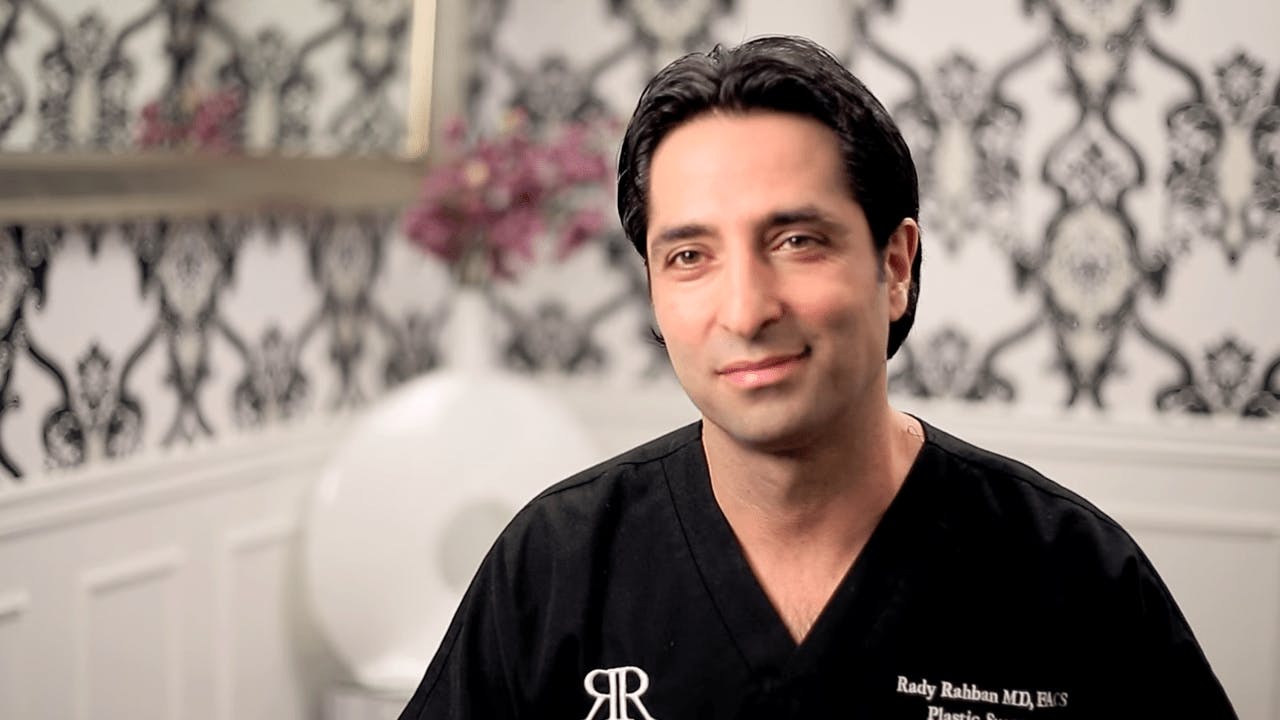Breast augmentation is a major cosmetic surgery that involves incisions, general anesthesia, and permanent changes to your body. As such, it comes with its fair share of inherent risks. The good news is that selecting an experienced and skilled plastic surgeon like Dr. Rady Rahban can dramatically minimize these risks and ensure a safe, smooth, and effective procedure. On this page, we’ve outlined several of the most common breast augmentation complications that can arise – and the steps Dr. Rahban takes to prevent them from occurring.
Asymmetrical breasts
This complication occurs when your breasts are different shapes and/or sizes after breast surgery. Although no two breasts are exactly alike, they should look pretty similar overall. If they don’t, it’s typically a sign that a mistake was made during the procedure.
Asymmetry is most likely to occur if your natural breasts were two different sizes before surgery. However, it’s a very easy complication to prevent. Dr. Rahban will simply use implants of different sizes for each breast to achieve a symmetrical and harmonious look. Since he uses sterile sizers during your surgery, he can very accurately and predictably correct your preexisting asymmetry.











